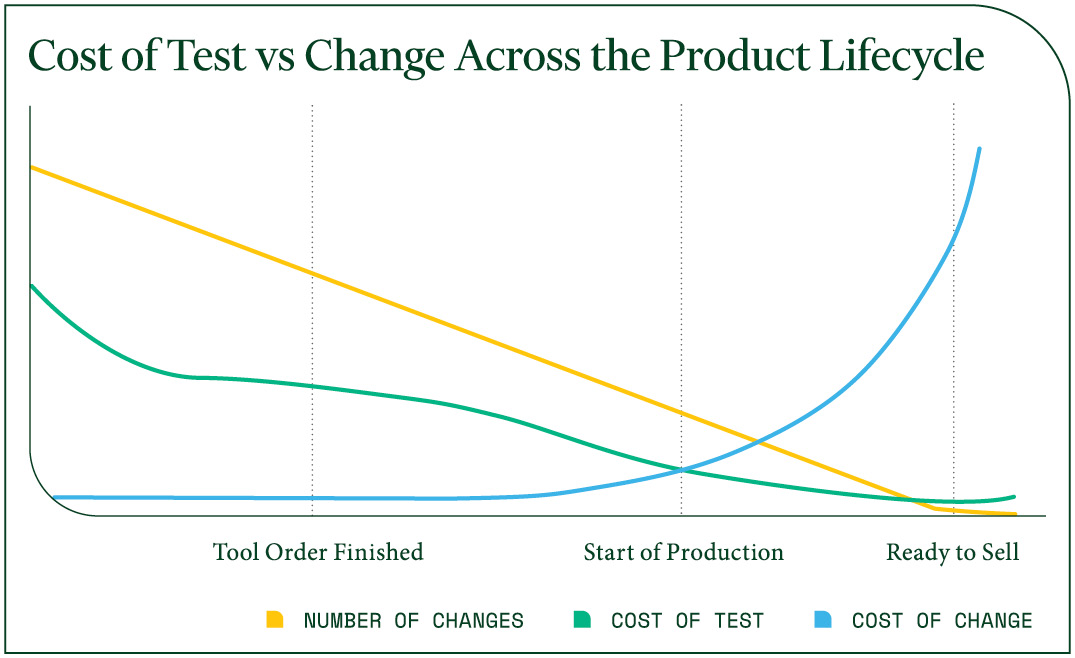The automotive industry is seeing a resurgence in activity in a move to create a smarter, greener, and safer world. Incumbent OEMs and startups alike are assessing electric, autonomous, connected and shared transportation to unlock the true potential of future mobility. To stay ahead in this competitive market, engineering teams are becoming evermore leaner, automating many traditionally manual R&D operations.
However, bringing these disruptive technologies to market comes with significant investment, which is why industry leaders are now beginning to work together instead of competing alone. They are currently collaborating at the macro level, pooling resources through joint ventures and other strategies. Similar amounts of collaboration at the micro level enable engineering departments across an organization to build better products faster. Methodologies like ‘design thinking’ and ‘agile development’ also help promote collaboration and have been proven to increase the success rate for innovation significantly.
Automotive OEMs have accelerated their digital transformation initiatives on multiple levels, adding flexibility to their organizational structures and operational models. Empowering department leads to take control and ownership of their budgets both reduces unnecessary costs and rationalizes activities throughout the value chain. Going one step further, some firms have adopted zero-based budgeting, justifying expenses for each new period. Others are discovering new ways to build flexibility into their processes and eliminate waste.
Benefits of virtual testing
Developing a dynamic, knowledge-driven and customer-focused process is one of the most important goals for engineering test solutions. To achieve this successfully, the engineering team must eliminate activities that do not contribute to the bottom line and automate tasks wherever possible. Improvements can also include new cost models that better reflect actual needs while lowering test costs.
In crash testing, for example, 50 to 60 physical tests are not uncommon. Early tests that use hand-built prototypes can cost up to US$5m; later tests, though less expensive, can still run upward of US$200,000 each. ADAS and electric vehicles require new testing complexity that further increases costs. It is more cost-efficient to replace a physical test with a simulated test in a virtual environment whenever possible.

To increase virtual testing, engineers need software-connected systems and access to an engineering data pipe, the core of digital transformation. MeasX, an NI SystemLink Platinum Partner, and NI provide the software platform and analysis framework to connect test systems and manage the engineering data pipe from concept to manufacturing. The server-based intelligent systems and data management platform allows engineers to easily integrate current tools and workflows to leverage data across multiple applications.
MeasX’s X-Frame is an analysis framework that offers a scalable and unified way to work with data across the test organization. X-Frame on the desktop interfaces with SystemLink and uses the data management module features in its analysis and visualization process. With the ability to switch from X-Frame to X-Frame Server seamlessly, all X-Frame users can take advantage of server-based workflow/analysis to help remove operational inefficiencies and improve overall performance across test workflows.
For instance, a major automotive manufacturer uses X-Frame and X-Frame Server to analyze engine tests. It has also built component test systems using X-Frame for R&D and end-of-line activities. The consistent, structured analysis and visualization framework reduces the number of tools engineers need to learn.
In addition to providing server-based solutions that work with SystemLink, measX is meeting zero-based budgeting requirements. The X-Crash virtual crash test and visualization software is available on a pay-per-use basis. This payment model can help meet the budgetary goals of crash laboratories wanting to evaluate only a small number of tests per month.
Deeper insights
Gaining deeper insights from virtual testing depends on the company’s ability to connect and manage all stages of a new product introduction. It requires platforms with open data formats and interfaces across different data threads to enable engineers to read and work with any data in a fully transparent way, from initial concepts to manufactured products. In combination, X-Frame and SystemLink help companies achieve this level of data transparency among systems and departments. In the long run, engineers will only need physical tests to prove what has already been validated through virtual tests. As more testing shifts to the virtual world, the cost will reduce dramatically without compromising quality. For companies, virtual testing will create a stronger and more sustainable position in an increasingly competitive marketplace.
Written by measX


